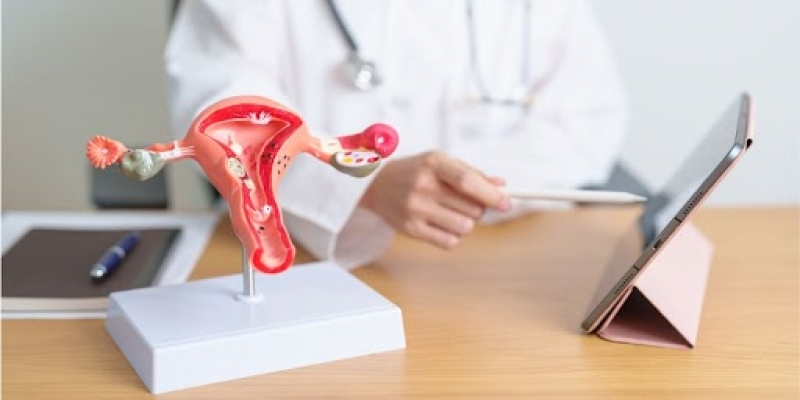Understanding Uterine Fibroids: Causes, Symptoms, and Risk Factors
2024-02-28 / RG STONE HOSPITAL / Female Urinary Incontinence

Introduction: Uterine fibroids, also known as leiomyomas or myomas, are non-cancerous growths that develop in the uterus. These growths can vary in size, number, and location within the uterus, and they are one of the most common types of pelvic tumors among women. In this comprehensive guide, we will delve into the causes, symptoms, and risk factors associated with uterine fibroids.
What Are Uterine Fibroids?
Uterine fibroids are benign tumors that originate from the smooth muscle cells of the uterus. They can range in size from as small as a pea to as large as a grapefruit and may occur as a single growth or multiple growths. Fibroids can develop anywhere in the uterus, including the inner lining (submucosal), the muscle wall (intramural), or the outer surface (subserosal).
Causes of Uterine Fibroids
While the exact cause of uterine fibroids remains unclear, several factors may contribute to their development. These include:
Hormonal Factors: Estrogen and progesterone, hormones that regulate the menstrual cycle, appear to promote the growth of uterine fibroids. Fibroids tend to increase in size during pregnancy when hormone levels are elevated and may shrink after menopause when hormone production decreases.
Genetic Predisposition: Women with a family history of uterine fibroids are more likely to develop them themselves, suggesting a genetic component to their development.
Race and Ethnicity: Studies have shown that African American women are at a higher risk of developing uterine fibroids compared to women of other racial or ethnic backgrounds.
Symptoms of Uterine Fibroids
The symptoms of uterine fibroids can vary depending on their size, number, and location within the uterus. Some women may experience no symptoms at all, while others may experience:
Heavy or Prolonged Menstrual Bleeding: Fibroids located in the uterine lining can cause heavy or prolonged menstrual bleeding, leading to anemia in some cases.
Pelvic Pain and Pressure: Large fibroids or those located near the pelvic wall may cause pelvic pain, pressure, or discomfort.
Urinary Symptoms: Fibroids pressing on the bladder can lead to frequent urination, urgency, or difficulty emptying the bladder.
Constipation and Bloating: Fibroids that press on the rectum or intestines may cause constipation, bloating, or difficulty with bowel movements.
Risk Factors for Uterine Fibroids
Several factors may increase a woman's risk of developing uterine fibroids, including:
Age: Uterine fibroids are most common in women aged 30-40, although they can develop at any age.
Family History: Women with a family history of uterine fibroids are at an increased risk of developing them themselves.
Hormonal Factors: Estrogen and progesterone, which regulate the menstrual cycle, appear to play a role in the development of uterine fibroids.
Race and Ethnicity: African American women are at a higher risk of developing uterine fibroids compared to women of other racial or ethnic backgrounds.
Conclusion: Uterine fibroids are common benign tumors that can cause a range of symptoms, including heavy menstrual bleeding, pelvic pain, and urinary symptoms. While the exact cause of fibroids remains unclear, hormonal factors, genetic predisposition, and race and ethnicity may play a role in their development. If you experience symptoms suggestive of uterine fibroids, it is important to consult with a healthcare provider for proper diagnosis and management options.
Categories
Hernia Repair
Appendicitis
Piles
Urological Treatment
Hernia treatment
Enlarged Prostate (BPH)
Gall Bladder Stone
Urinary / Kidney Stone
Vitamins
Indian Health Care System
Exercise
Obesity
Female Urinary Incontinence
Single Incision Laparoscopic Surgery (SILS)
Kidney Cancer
Bladder Cancer
Ovarian cancer
Nephrology
Bariatric Surgery
Kidney Function Test
Female Urology
Radiation Therapy
Alcoholic Fatty Liver
Liver disease
Gastroenterology
Kidney Disease

